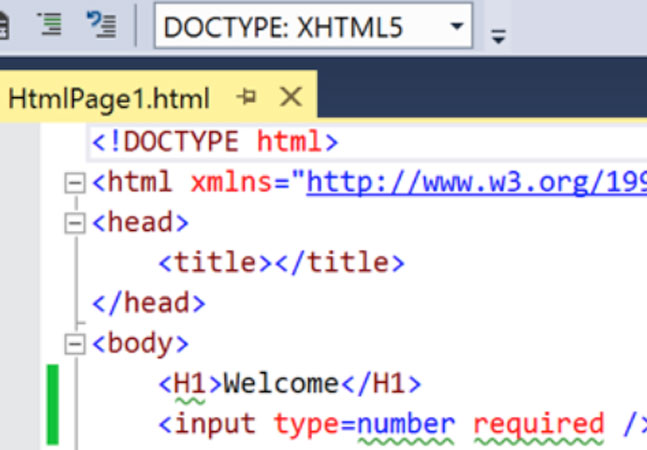
Our applications are complicated enough without adding any more. Here's a way to think about your objects that allows you to dramatically simplify your object model, provided you're willing to turn your current practice around by 180 degrees.

One of the biggest problems in designing applications is the conversion from how the business talks about the business to how the developers think about coding it. Domain-driven design has a solution.

A View without any code is probably impossible in any real-world application. But, by leveraging Partial Views, you can still separate your View-related code from your HTML.

Domain-Driven Design claims that it provides a strategy for building applications that will grow and evolve over time without collapsing under their own complexity. It does that by upsetting some conventional wisdom.

You lose some functionality with the default editor in Visual Studio 2013. Here's how to quickly switch back and get the functionality you were used to.

You've moved your ASP.NET MVC application into production and all of your lovely AJAX calls have started failing. The solution is to ensure the URLs you're using in your AJAX calls are absolutely correct.

If users enter an invalid URL, then ASP.NET MVC will handle the problem by issuing a generic HTTP error. Here's how to give users more support (plus some advice on avoiding the problem altogether).

When things go wrong in production, logging provides a way of going back through an application's history to find out what happened. Here's the simplest possible way to use Peter's favorite third-party logging utility: NLog.

Peter revisits an earlier tip on how to use stored procedures to speed up your code. This version makes your stored procedures simpler … though you may have to write a little more code to make the call.

In the real world, you'll often need to display constant and repeating data, a.k.a. Master/Detail pages. Custom templates are the cleanest, simplest way for you to manage them.

You don't always want to display the same data the same way. Here are your options for leveraging custom templates in Views to meet all of your needs -- and the code you need when a template won't do the job.

Peter reviews some of the more spectacularly incorrect things he's told other people and then draws some conclusions.

Some things only matter to the true nerd. So, if you're looking for a genuinely useful article, this isn't it.

It's what unit testing should be. Here's how to use it to test your apps.
- By Jason Roberts
- 04/22/2015

Stored procedures can speed up your code by reducing trips to your database -- even if you only have one SQL statement to execute. Here's how to speed up your application (and how to simplify your stored procedure code).